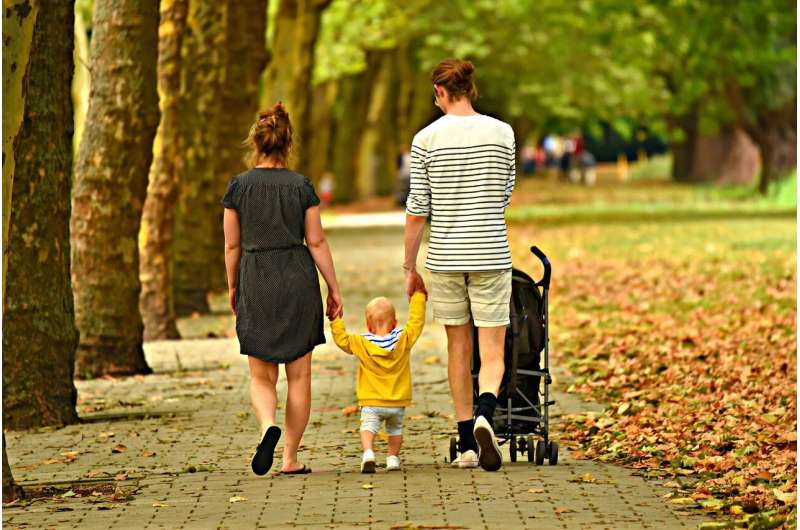Dual residence works well when children have a close relationship with both parents

Dual residence, where children live approximately equally with each parent after separation or divorce, works best if the child has influence over the living arrangement and has good and close relationships with each parent. A new doctoral thesis from the University of Gothenburg identifies several aspects important to the way children and young people experience their family model.
"Many of the children who took part in the study longed to share their everyday life with both parents, but only if they had a close and good relationship with each of them. If the relationship with one of the parents was poor, the incentive for dual residence disappeared," says Rakel Berman, author of the doctoral thesis, Ph.D. in social work at the University of Gothenburg.
Rakel Berman has interviewed 20 children and young people aged 9-17 about their experiences of living in dual residence arrangements after their parents separated. The way dual residence arrangements are organised differs but usually mean that the child divides his or her time equally between the homes of two parents. This living arrangement has increased sharply in Sweden since the beginning of the '80s, and today one in ten Swedish children aged 12-15 years live in dual residence arrangements. Gender equality, changed parenting ideals, increased participation by women in working life and new perspectives on the best interest of the child are some of the societal processes behind this development.
The results of the study show that it was important for the children to be listened to and to have a say in decisions on how the dual residence was arranged. The amount of influence the children had over their everyday life and living arrangements was dependent on the parents' sensitivity to the children's changing needs.
"Deep conflicts between the parents resulted not only in pressure on the child but also in rigid living arrangements, with the parents not taking the child's needs and wishes into consideration" says Rakel Berman.
According to Statistics Sweden, the parents of a quarter of all Swedish children are separated, and the divorce rate differs depending on the age of the child. Among all 1-year-olds in Sweden, 9 per cent have parents who live apart. The corresponding figure for 17-year-olds is 41 per cent.
"Previous research assumed that children and parents need to live together full time to maintain a close relationship, but it does not have to be that way. Several of the participants in the study said that they spent more time with their parents after the separation and that this was a positive thing. They reflected more on family relationships and did not take each other for granted."
Practical circumstances such as moving between two homes, and proximity to school and friends were also very important to the way the children experienced dual residence. If the practical sides were seen as too demanding, they risked overshadowing positive experiences.
"Living everyday life with dual residence is multifaceted with both positive and negative sides. Also, children's experiences differ between children and often change over time.
More information: Rakel Berman. Children's perspectives on dual residence: Everyday life, family practices and personal relationships. The full text of the thesis can be retrieved via Gupea: hdl.handle.net/2077/61729




















